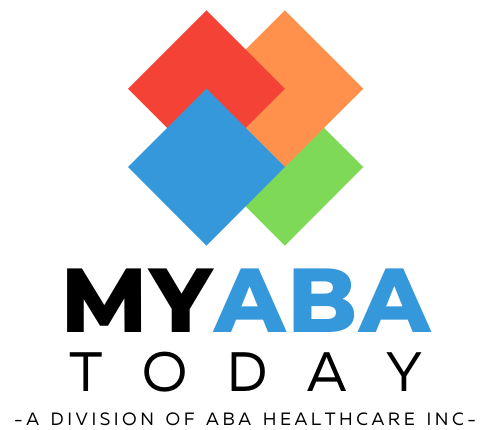It’s not only adults who are working from home these days; young people are as well. It makes sense to home school for many reasons, especially if you have an autistic child in the house that needs particular attention. Use the home learning strategies below to build your classroom and get results that improve your student’s sense of wellbeing as well as their overall grades.
Learning Environment
The learning environment for homeschooling is very important, especially if you have an autistic student. The first thing to remember is that homeschooling is not the same as conventional schooling; each has something uniques to offer, so embrace the opportunities of home learning.
Depending on where your child sits on the autistic spectrum, you need to adapt your learning strategies. However, in general, autistic students need consistency and familiarity. Make sure your autistic student has a safe zone where they know they can go if they become too stressed.
Suitable Schedules
Any learning environment needs a suitable schedule; this is a schedule that offers enough learning time but doesn’t over-extend students’ attention spans or energy levels. In the case of autistic students, it’s even more important to create a consistent schedule that is reliable.
A suitable schedule might also be dependent on the student and their personality. If you know that the student is low on energy during a certain part of the day, you might want to arrange the schedule to cover subjects when they have more attention and more energy for learning.
Selecting Online Schooling Programs
When selecting an online schooling program, several key considerations should be kept in mind. First and foremost is making sure the program holds appropriate accreditation. Validate the quality of education provided and transferability of course credits; PA online high schools for example are recognized and accredited to meet this goal. Also, consider what curriculum options are offered. Does it meet the educational goals and learning styles of your child? Look for programs with flexible subject offerings, customizable modules, and strong student support systems – such as one-on-one consultations from teachers, supplementary resources that aid comprehension, or robust support systems for students.
Suitable Balance
Learning is about hitting the books or the web pages, but it’s also about downtime and play. Finding a suitable balance is an important learning strategy for students of all kinds. If you are setting up a home learning environment, you need to find a learning balance for the school day.
The attention span of students differs depending on their ages; younger students have attention spans of between five and twenty minutes; as children grow up, this increases to between thirty and fifty minutes. The attention span of an autistic student might be more idiosyncratic.
Learning Subjects
What are you going to teach in your home learning environment? In most cases, a curriculum can be sourced from the local school system, this can be followed to the letter, but it doesn’t have to be – you can get creative with the subjects you teach as you work towards the tests.
In most cases, you will have to cover the basics, maths, English, science, and accounting that may or may not include CFD Trading, there will be other subjects too depending on the student’s interests. Make the subjects interactive to engage different aspects of learning styles.
One-to-one Learning
One of the big advantages of homeschooling is one-to-one teaching. In the classroom, you have between twenty and thirty students to teach, but in the home, you can focus on one student and adapt the teaching style and subjects to suit their unique learning styles and personality. This has a transformative effect on their development and can accelerate their grades and abilities.
*this is a collaborative post
Photo by Compare Fibre on Unsplash









